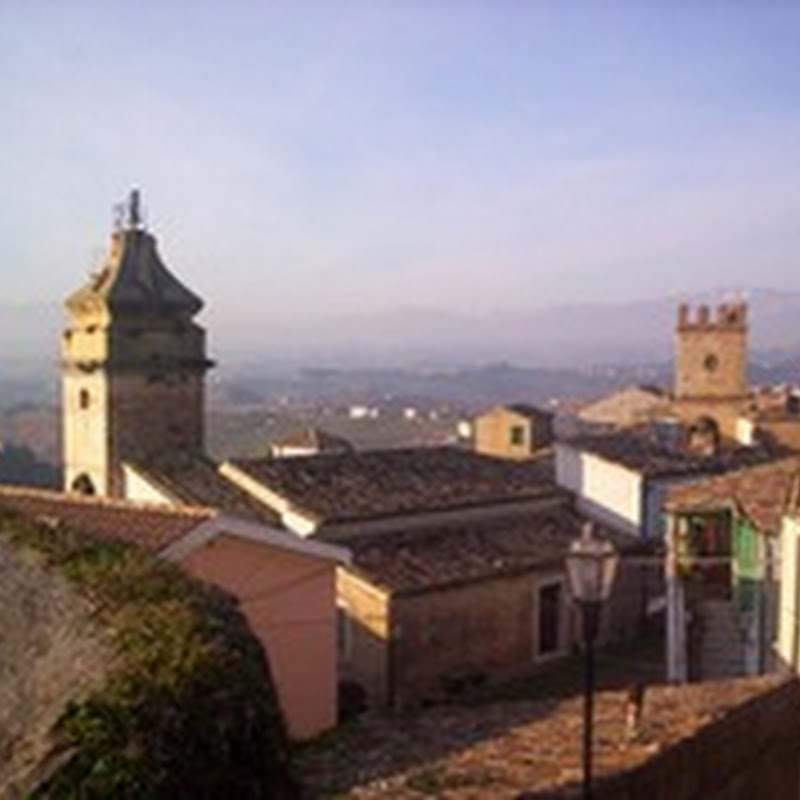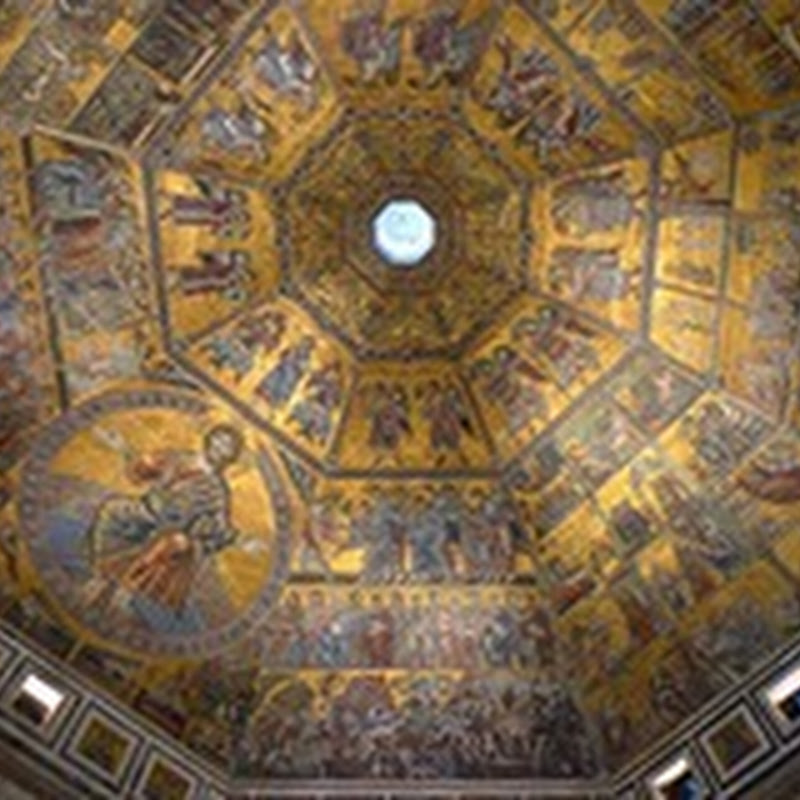Take an arrow that creeps off of the seas, the simplest geometry to draw more 'long the coast here in Puglia.
But what happens in the middle ground and 'a miracle that you will discover with patience, time consuming, sometimes with difficulty.
Between Bari and Brindisi for example, with those signs on the highway that will seem bizarre invitations to derogate from the rocks and sand to get lost in the history and geography, in time and space.
Soon will be streets where the asphalt clears, guard rails are filled with stones piled to dry by drawing curves, slopes, trees and silence.
Cisternino: what to see in one day.
Although it is undoubtedly less known than the famous Ostuni and Alberobello , nearby, Cisternino for me was a pleasant surprise!
Visiting this village in the Itria Valley means entering an intricate labyrinth of white alleys and stairways, letting yourself be guided by the scent of the famous "bowler hats", one of the symbols of the town, admiring scenic views and suddenly finding yourself in lively squares.
Garibaldi square.
My visit to Cisternino started right here, from Piazza Garibaldi . A large square where on one side there is the Municipal Villa and on the other the Norman-Swabian Tower (called Torre Grande) with the Great Door and the Mother Church dedicated to San Nicola.
The Torre Grande, with its 18 meters high, was the most imposing of the ancient walls and probably used as a lookout tower. In fact, it is on the highest point of the hill and overlooks the Itria Valley.From this square you can enjoy a crazy scenery of the Itria Valley by seeing the various trulli that emerge here and there in the bucolic landscape.
Mother Church of San Nicola.
After admiring the splendid panorama over the Itria Valley, before entering the historic center, I could not miss a trip to the Church of San Nicola , the most important in Cisternino.
The neoclassical façade has been remodeled over the centuries, the interior is very interesting with the tall and elegant columns with stone capitals and the chapels on the sides, as well as the precious works that are kept here.
Absolutely worth seeing is the most significant masterpiece located along the right aisle, the “ Madonna with child and offerers ” (also known as the Madonna with goldfinch) sculpted in stone by Stefano di Putignano in 1517 for Paolo Longo and his brother. In addition to the Madonna and child, the two patrons are represented kneeling - on the sides.
Historic center of Cisternino.
Do you know why during a tour of the Itria Valley you cannot miss a stop in Cisternino? Because it is one of the most fascinating villages in the area, as well as included among the most beautiful villages in Italy.
Personally, I think it struck me even more than Ostuni, and I found it even more… white!
I loved getting lost in the white alleys and squares of the historic center on which the red of the flowers wisely arranged on the balconies, on the walls or on the stairways stands out. It also happens to see on some walls and stairs of the phrases on the life of famous people.
Vittorio Emanuele square.
While I was walking non-stop through the enchanting streets of the historic center, I came out on this small square, one of the things to see in Cisternino.
Piazza Vittorio Emanuele is small but very animated by the many tourists who are intent on enjoying an ice cream (there are excellent artisan ice cream parlors), by the local people who sip an aperitif, by commercial and handicraft activities. It is a meeting and reference point, therefore often crowded especially during the summer.
On the square dominates the Clock Tower built, in neoclassical style, by the Curri masters of Alberobello in 1850.















For those unfamiliar with it, Cisternino is a delicious surprise. Going to its exploration means entering one of the most picturesque villages in the region.
ReplyDeleteAn explosion of white houses that characterize the center of the town which is immersed in a green countryside full of centuries-old olive trees where the traditional trulli emerge, as if transplanted, while in the distance you can guess the blue of the sea. growing motions are those that arise wandering through the narrow streets of the town that offers highly scenic views that deserve much more than a photo.
Thanks for comment @Giampaolo Rossi.
DeleteDiscovering Cisternino means taking a step back in time to metaphorically reach the Paleolithic era whose testimonies are present in abundance both in the localities of Monte Specchia and those of Serra Amara and the hills of Restano. On the other hand, a mythical story tells that the origin of his name refers to Sturnoi, friend of Diomede and founder of Ostuni who took place at the behest of him after the long Trojan war.
Cisternino boasts the Orange Flag of the TCI as well as being included in the list of the most beautiful villages in Italy and being a Slow Food city due to the maintenance of its gastronomic traditions and the protection of local crops and production such as, for example, the meat that can be purchased in one of the many butchers in the historic center. Here it is customary that, in the summer, the purchased meat is cooked in a room adjacent to the butcher's shop and consumed by sitting on the tables specially set out in the open.